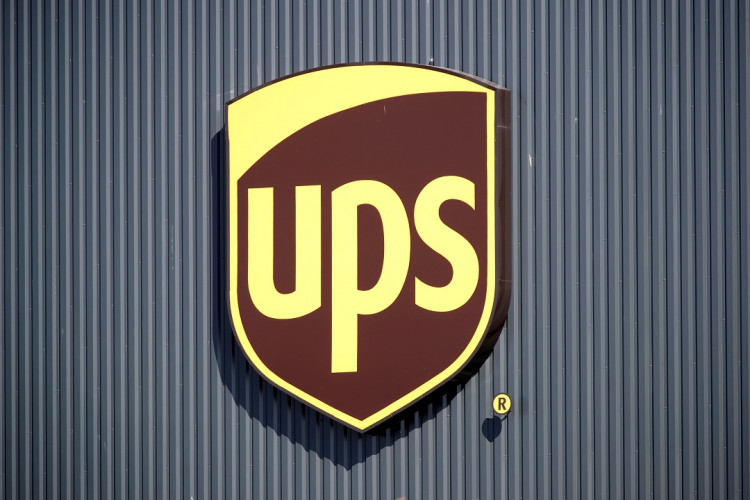United Parcel Service said Tuesday it plans to cut about 20,000 jobs and close 73 buildings by the end of June as part of a sweeping cost-reduction effort aimed at saving $3.5 billion in 2025, even as its first-quarter profit topped Wall Street estimates.
The Atlanta-based delivery giant reported adjusted earnings of $1.49 per share on revenue of $21.5 billion, beating analysts' expectations of $1.38 per share and $21.05 billion in sales, according to LSEG data. Despite the earnings beat, UPS cautioned that economic uncertainty, rising tariff pressures, and a strategic reduction in Amazon-related deliveries could weigh on future performance.
Shares rose nearly 2% in premarket trading following the results. CEO Carol Tomé said in a statement, "The actions we are taking to reconfigure our network and reduce cost across our business could not be timelier."
UPS confirmed it would not update its full-year financial outlook, citing macroeconomic volatility and ongoing shifts in global trade. Instead, the company said it would provide second-quarter expectations during its earnings call. "We will leverage our integrated network and trade expertise to assist our customers as they adapt to a changing trade environment," Tomé added.
The job cuts and facility closures come as UPS accelerates its "Network of the Future" initiative, partly triggered by the company's decision to reduce dependency on Amazon, its largest customer. Amazon accounted for 11.8% of UPS' revenue in 2024, but the e-commerce giant's business was less profitable compared to other segments.
UPS has already faced a significant contraction in volume from China-linked e-commerce sellers Temu and Shein, with the U.S. government set to impose new tariffs on low-value imports starting May 2. Officials expect these changes to further impact cross-border shipping activity.
The company had previously announced the elimination of 12,000 jobs last year, and anticipates incurring $400 million to $600 million in expenses during 2025, mainly from severance benefits and lease-related costs.
First-quarter U.S. domestic segment revenue rose 1.4% to $14.46 billion, driven by increased air cargo shipments and higher revenue per package, despite an overall decline in shipment volumes. Internationally, tariff uncertainty continues to cloud projections.
UPS' January forecast had targeted $89 billion in full-year revenue with an operating margin of 10.8%. Wall Street had initially expected higher figures closer to $95 billion in revenue and $10 billion in operating profits.
The company's stock has fallen 23% year-to-date, reflecting investor unease over the fallout from the Amazon split and broader economic headwinds. Management's additional commentary during Tuesday's earnings call was anticipated to provide further insights into UPS' restructuring efforts and market outlook.






